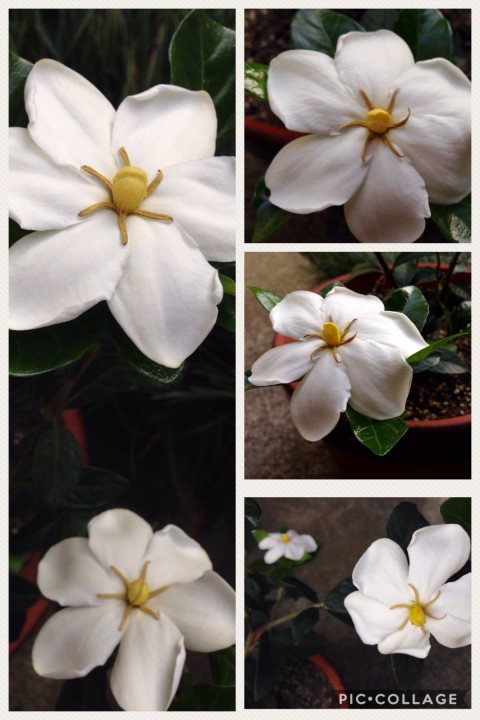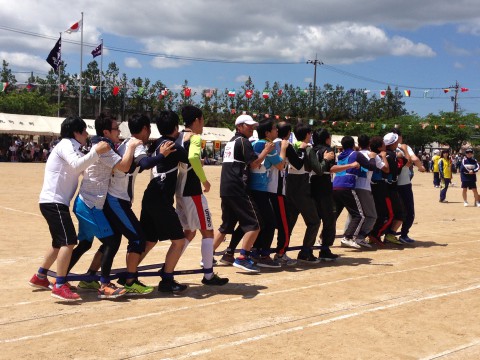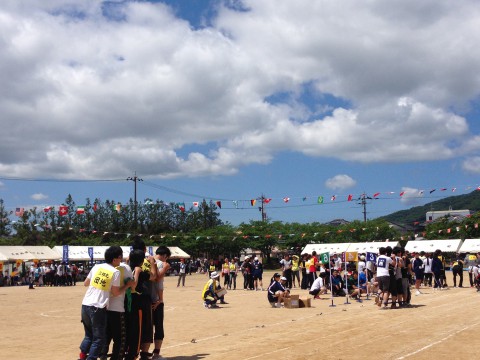The 1948 Fukui Earthquake
2017.06.28
69 years ago of today, the 1948 Fukui earthquake occurred.
I would like to share a video of 8282typhoon.
*Only Japanese version available.
The magnitude 7.1 struck Fukui city and towns / villages around the city at 4:14 pm (5:14pm for summer time at that time) on June 28th, 1948. Almost every house was destroyed. 36,184 houses were destroyed completely, half parts of 11,816 houses were remained, 3,851 houses were burned down and 3,769 peopled died from the earthquake.
Reference from Kotobank (only available in Japanese)
( https://kotobank.jp/word/%E7%A6%8F%E4%BA%95%E5%9C%B0%E9%9C%87-123885)
My grandmother’s sister experienced the 1948 Fukui earthquake. According to her, she saw some people under the movie theatre which was destroyed and they were stuck. And she also many buildings were on fire.
I can never imagine how bad it was but I’m sure that everyone was scared and panicked.
The residents of Fukui and the places in Fukui were seriously damaged, but somehow they reconstructed everything. I am sure that it was not easy at all for everyone after losing their family and friends, and houses. They were strong and I would like to follow their strength.
Therefore, the symbol for Fukui City and the citizens is the phoenix.
~Reference from Fukui City’s website.~
(http://www.city.fukui.lg.jp/d620/syougai/kensyo/index.html)
* Only available in Japanese
The origin of Fukui’s symbol (phoenix)
Phoenix looks like an eagle and it has red or gold wings. When a phoenix is ready to die, it flies into fire, it burns itself and it regenerates itself from the ash.
Like phoenix, Fukui was greatly damaged from the war and earthquake but Fukui was reconstructed. The effort that the citizens of Fukui City made to reconstruct everything is similar to how strong and beautiful phoenix. Therefore, the symbol for Fukui City and the citizens became the phoenix.
People put so much effort and time to make Fukui City this beautiful and comfortable to live.
I would like to continue spreading the charms of Fukui City as much as possible.
T.F






